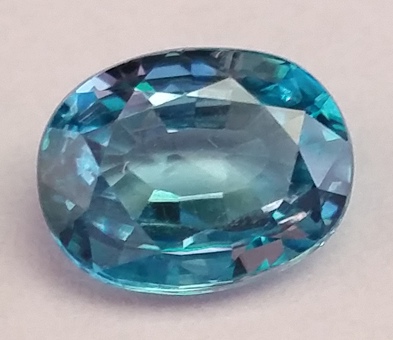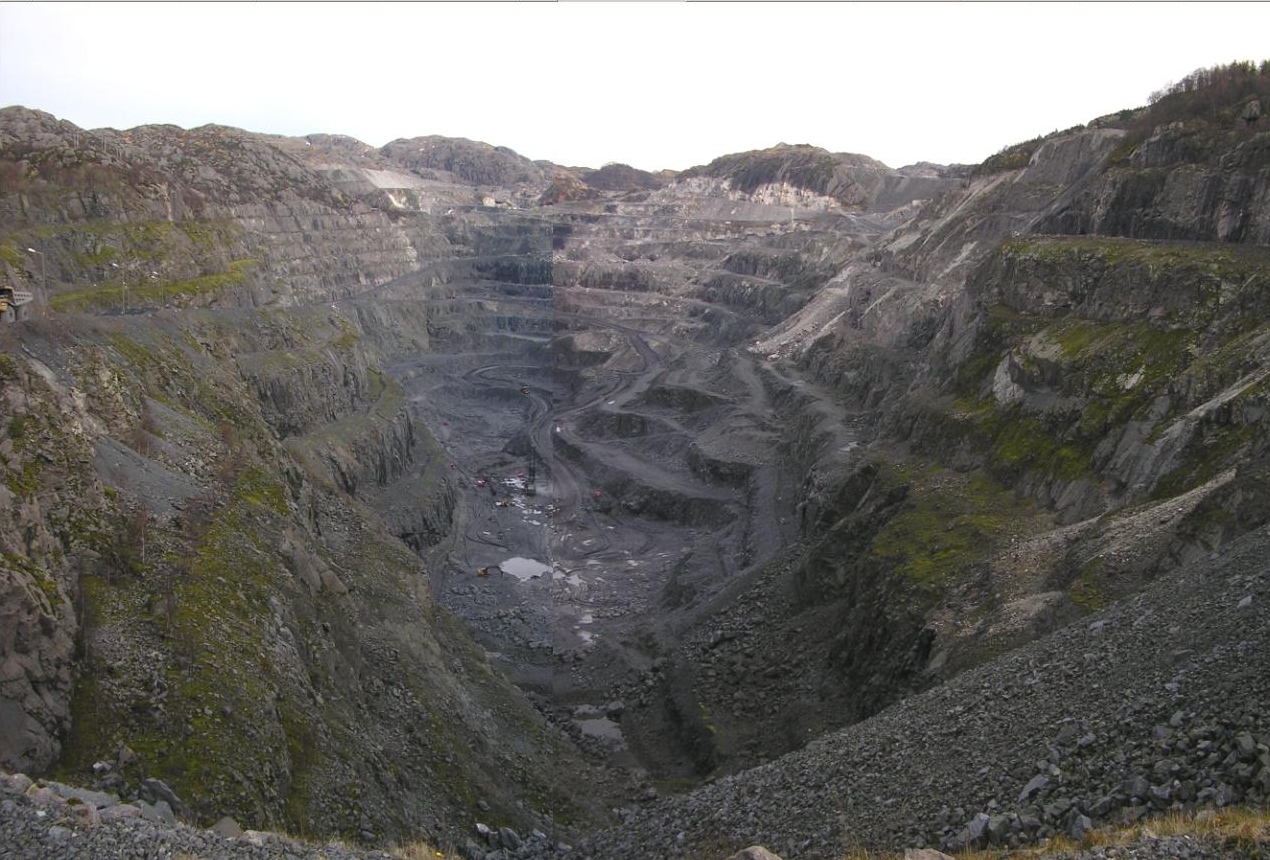|
Bayfield Group
The Bayfield group is a quartz sandstone found in Wisconsin along the Lake Superior coast.Bulletin 1912, p. 25 It is named for the village of Bayfield, Wisconsin,Eckert, p. 31 but was once known as Western Lake Superior Sandstone. Prior to the 1900s, Bayfield group sandstone was also variously named Lake Superior Sandstone, brownstone, or redstone,Eckert, p. 33 and prefixed by the quarry location. The name was changed to the Bayfield group as its relation to Jacobsville Sandstone (once known as Lake Superior Sandstone) is uncertain. Formation The Bayfield group is irregularly bedded, in contrast to the even, calcareous sandstones in southern Wisconsin.Bulletin 1912, p. 29 The geological formation is entirely devoid of fossils.Bulletin 1912, p. 32 The Bayfield group overlies the much thicker Oronto Group.Bulletin 1912, p. 48 The formation, 4300 feet thick, is divided into three: ''Chequamegon Sandstone'', ''Devils Island Sandstone'', and ''Orienta Sandstone''. The ''Chequamegon ... [...More Info...] [...Related Items...] OR: [Wikipedia] [Google] [Baidu] |
Group (stratigraphy)
In geology, a group is a lithostratigraphic unit consisting of a series of related formations that have been classified together to form a group. Formations are the fundamental unit of stratigraphy. Groups may sometimes be combined into supergroups. Groups are useful for showing relationships between formations, and they are also useful for small-scale mapping or for studying the stratigraphy of large regions. Geologists exploring a new area have sometimes defined groups when they believe the strata within the groups can be divided into formations during subsequent investigations of the area. It is possible for only some of the strata making up a group to be divided into formations. An example of a group is the Glen Canyon Group, which includes (in ascending order) the Wingate Sandstone, the Moenave Formation, the Kayenta Formation, and the Navajo Sandstone. Each of the formations can be distinguished from its neighbor by its lithology, but all were deposited in the same vast ... [...More Info...] [...Related Items...] OR: [Wikipedia] [Google] [Baidu] |
Magnetite
Magnetite is a mineral and one of the main iron ores, with the chemical formula Fe2+Fe3+2O4. It is one of the oxides of iron, and is ferrimagnetic; it is attracted to a magnet and can be magnetized to become a permanent magnet itself. With the exception of extremely rare native iron deposits, it is the most magnetic of all the naturally occurring minerals on Earth. Naturally magnetized pieces of magnetite, called lodestone, will attract small pieces of iron, which is how ancient peoples first discovered the property of magnetism. Magnetite is black or brownish-black with a metallic luster, has a Mohs hardness of 5–6 and leaves a black streak. Small grains of magnetite are very common in igneous and metamorphic rocks. The chemical IUPAC name is iron(II,III) oxide and the common chemical name is ''ferrous-ferric oxide''. Properties In addition to igneous rocks, magnetite also occurs in sedimentary rocks, including banded iron formations and in lake and marine sediments ... [...More Info...] [...Related Items...] OR: [Wikipedia] [Google] [Baidu] |
Tourmaline
Tourmaline ( ) is a crystalline silicate mineral group in which boron is compounded with elements such as aluminium, iron, magnesium, sodium, lithium, or potassium. Tourmaline is a gemstone and can be found in a wide variety of colors. The term is derived from the Sinhalese "tōramalli", which refers to the carnelian gemstones. History Brightly colored Ceylonese gem tourmalines were brought to Europe in great quantities by the Dutch East India Company to satisfy a demand for curiosities and gems. Tourmaline was sometimes called the "Ceylonese Magnet" because it could attract and then repel hot ashes due to its pyroelectric properties. Tourmalines were used by chemists in the 19th century to polarize light by shining rays onto a cut and polished surface of the gem. Species and varieties Commonly encountered species and varieties: Schorl species: : Brownish black to black—''schorl'', Dravite species: from the Drave district of Carinthia : Dark yellow to brownish blac ... [...More Info...] [...Related Items...] OR: [Wikipedia] [Google] [Baidu] |
Garnet
Garnets () are a group of silicate minerals that have been used since the Bronze Age as gemstones and abrasives. All species of garnets possess similar physical properties and crystal forms, but differ in chemical composition. The different species are pyrope, almandine, spessartine, grossular (varieties of which are hessonite or cinnamon-stone and tsavorite), uvarovite and andradite. The garnets make up two solid solution series: pyrope-almandine-spessartine (pyralspite), with the composition range ; and uvarovite-grossular-andradite (ugrandite), with the composition range . Etymology The word ''garnet'' comes from the 14th-century Middle English word ''gernet'', meaning 'dark red'. It is borrowed from Old French ''grenate'' from Latin ''granatus,'' from ''granum'' ('grain, seed'). This is possibly a reference to ''mela granatum'' or even ''pomum granatum'' ('pomegranate', ''Punica granatum''), a plant whose fruits contain abundant and vivid red seed covers ( arils), whic ... [...More Info...] [...Related Items...] OR: [Wikipedia] [Google] [Baidu] |
Zircon
Zircon () is a mineral belonging to the group of nesosilicates and is a source of the metal zirconium. Its chemical name is zirconium(IV) silicate, and its corresponding chemical formula is Zr SiO4. An empirical formula showing some of the range of substitution in zircon is (Zr1–y, REEy)(SiO4)1–x(OH)4x–y. Zircon precipitates from silicate melts and has relatively high concentrations of high field strength incompatible elements. For example, hafnium is almost always present in quantities ranging from 1 to 4%. The crystal structure of zircon is tetragonal crystal system. The natural color of zircon varies between colorless, yellow-golden, red, brown, blue, and green. The name derives from the Persian ''zargun'', meaning "gold-hued". This word is corrupted into "jargoon", a term applied to light-colored zircons. The English word "zircon" is derived from ''Zirkon'', which is the German adaptation of this word. Yellow, orange, and red zircon is also known as "hyacinth", ... [...More Info...] [...Related Items...] OR: [Wikipedia] [Google] [Baidu] |
Apatite
Apatite is a group of phosphate minerals, usually hydroxyapatite, fluorapatite and chlorapatite, with high concentrations of OH−, F− and Cl− ions, respectively, in the crystal. The formula of the admixture of the three most common endmembers is written as Ca10( PO4)6(OH,F,Cl)2, and the crystal unit cell formulae of the individual minerals are written as Ca10(PO4)6(OH)2, Ca10(PO4)6F2 and Ca10(PO4)6Cl2. The mineral was named apatite by the German geologist Abraham Gottlob Werner in 1786, although the specific mineral he had described was reclassified as fluorapatite in 1860 by the German mineralogist Karl Friedrich August Rammelsberg. Apatite is often mistaken for other minerals. This tendency is reflected in the mineral's name, which is derived from the Greek word ἀπατάω (apatáō), which means ''to deceive''. Geology Apatite is very common as an accessory mineral in igneous and metamorphic rocks, where it is the most common phosphate mineral. However, occu ... [...More Info...] [...Related Items...] OR: [Wikipedia] [Google] [Baidu] |
Leucoxene
Leucoxene is a fine granular alteration product of titanium minerals. It varies in color from yellow to brown. It consists mainly of rutile or anatase. It is observed in some igneous rocks and iron ore deposits as the result of the alteration of ilmenite, perovskite, or titanite Titanite, or sphene (from the Greek ''sphenos'' (σφηνώ), meaning wedge), is a calcium titanium nesosilicate mineral, Ca Ti Si O5. Trace impurities of iron and aluminium are typically present. Also commonly present are rare earth metals .... References * Hurlbut, Cornelius S.; Klein, Cornelis, 1985, Manual of Mineralogy, 20th ed., Mindat.org Oxide minerals {{oxide-mineral-stub ... [...More Info...] [...Related Items...] OR: [Wikipedia] [Google] [Baidu] |
Ilmenite
Ilmenite is a titanium-iron oxide mineral with the idealized formula . It is a weakly magnetic black or steel-gray solid. Ilmenite is the most important ore of titanium and the main source of titanium dioxide, which is used in paints, printing inks, fabrics, plastics, paper, sunscreen, food and cosmetics. Structure and properties Ilmenite is a heavy (specific gravity 4.7), moderately hard (Mohs hardness 5.6 to 6), opaque black mineral with a submetallic luster. It is almost always massive, with thick tabular crystals being quite rare. It shows no discernible cleavage, breaking instead with a conchoidal to uneven fracture. Ilmenite crystallizes in the trigonal system with space group ''R''. The ilmenite crystal structure consists of an ordered derivative of the corundum structure; in corundum all cations are identical but in ilmenite Fe2+ and Ti4+ ions occupy alternating layers perpendicular to the trigonal c axis. Pure ilmenite is paramagnetic (showing only very weak attrac ... [...More Info...] [...Related Items...] OR: [Wikipedia] [Google] [Baidu] |
Heavy Mineral Suite
In geology, a heavy mineral is a mineral with a density that is greater than 2.9 g/cm3, most commonly referring to dense components of siliciclastic sediments. A heavy mineral suite is the relative percentages of heavy minerals in a stone. Heavy mineral suites are used to help determine the provenance and history of sedimentary rocks. As heavy minerals are a minor constituent of most sedimentary rock, they must be separated out to be studied. Heavy mineral separation generally uses a dense liquid in either a separatory funnel or centrifuge. Liquids used include bromoform, tetrabromoethane, tribromoethane, methylene iodide Diiodomethane or methylene iodide, commonly abbreviated "MI", is an organoiodine compound. Diiodomethane is a colorless liquid; however, it decomposes upon exposure to light liberating iodine, which colours samples brownish. It is slightly solubl ..., and polytungstate liquids. References Petrology Sedimentology {{petrology-stub ... [...More Info...] [...Related Items...] OR: [Wikipedia] [Google] [Baidu] |
Silicic
Silicic is an adjective to describe magma or igneous rock rich in silica. The amount of silica that constitutes a silicic rock is usually defined as at least 63 percent. Granite and rhyolite are the most common silicic rocks. Silicic is the group of silicate magmas which will eventually crystallise a relatively small proportion of ferromagnesian silicates, such as amphibole, pyroxene, and biotite. The main constituents of a silicic rock will be minerals rich in silica-minerals, like silicic Feldspar or even free silica as Quartz. Example The " Shammar group" is a silicic and volcaniclastic sequence in northwestern Saudi Arabia. See also *Felsic *Mafic A mafic mineral or rock is a silicate mineral or igneous rock rich in magnesium and iron. Most mafic minerals are dark in color, and common rock-forming mafic minerals include olivine, pyroxene, amphibole, and biotite. Common mafic rocks include ... References Igneous rocks {{Petrology-stub ... [...More Info...] [...Related Items...] OR: [Wikipedia] [Google] [Baidu] |
Potassium Feldspar
Potassium feldspar refers to a number of minerals in the feldspar group, and containing potassium: *Orthoclase (endmember formula K Al Si3 O8), an important tectosilicate mineral that forms igneous rock *Microcline, chemically the same as orthoclase, but with a different crystalline structure *Sanidine, the high-temperature form of potassium feldspar *Adularia, a more ordered low-temperature variety of orthoclase or partially disordered microcline *Amazonite Amazonite, also known as Amazonstone, is a green tectosilicate mineral, a variety of the potassium feldspar called microcline. Its chemical formula is KAlSi3O8, which is polymorphic to orthoclase. Its name is taken from that of the Amazon Rive ... (sometimes called "Amazon stone"), a green variety of microcline {{SIA Feldspar ... [...More Info...] [...Related Items...] OR: [Wikipedia] [Google] [Baidu] |
Undulose Extinction
Undulose extinction or undulatory extinction is a geological term referring to the type of extinction that occurs in certain minerals when examined in thin section under cross polarized light. As the microscope stage is rotated, individual mineral grains appear black when the polarization due to the mineral prevents any light from passing through. If a mineral is deformed plastically by dislocation processes without recovery, strain builds up within the crystal lattice causing it to warp. This means that different parts of a crystal reach extinction at slightly different angles, giving the crystal an irregular, mottled look. Undulose extinction is very common in quartz, so much so that it is often used as a diagnostic feature of that mineral, and feldspar Feldspars are a group of rock-forming aluminium tectosilicate minerals, also containing other cations such as sodium, calcium, potassium, or barium. The most common members of the feldspar group are the ''plagioclase'' (s ... [...More Info...] [...Related Items...] OR: [Wikipedia] [Google] [Baidu] |






